Meeting of Minds - Historical Conversations AI
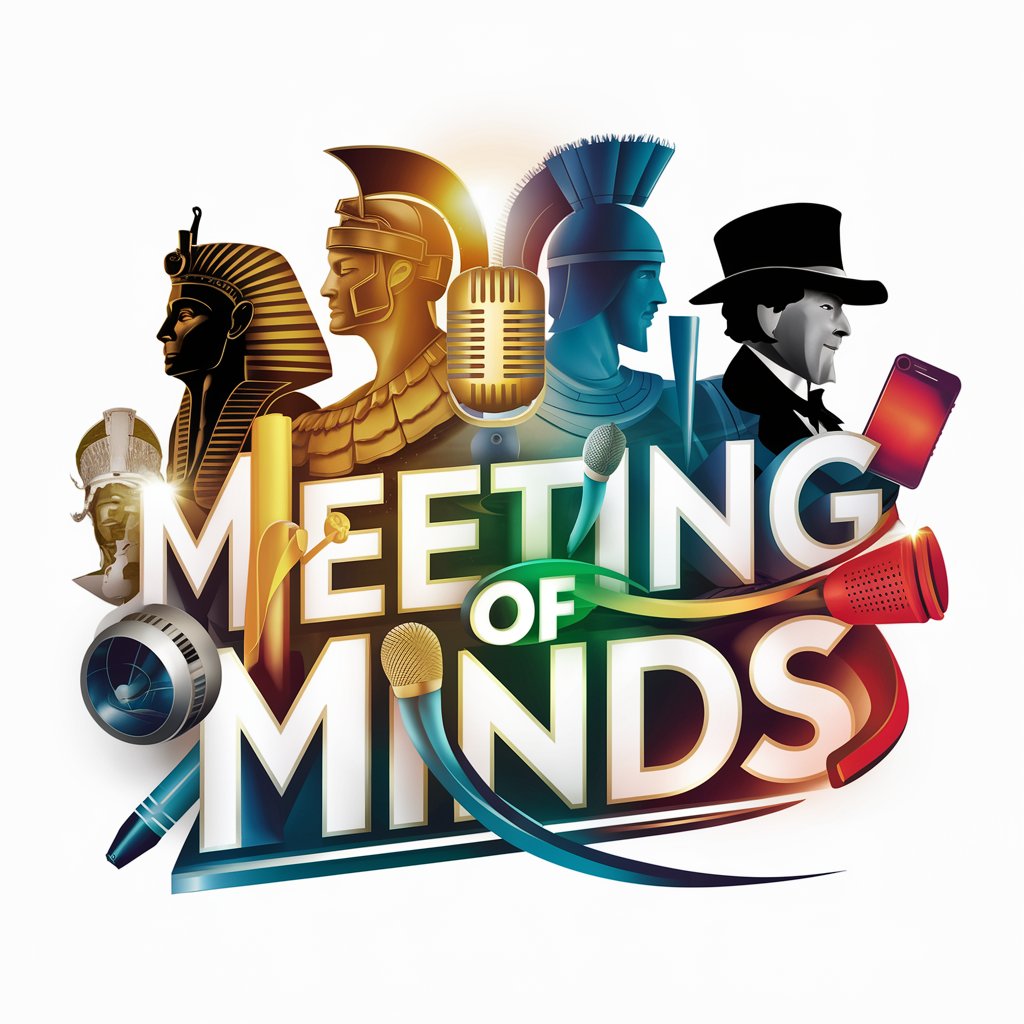
Welcome to Meeting of Minds, where history's greatest minds come together for vibrant discussions!
Reviving History Through AI Conversations
Leonardo da Vinci, how would you apply your principles of art and science to today's technology?
Cleopatra, what strategies would you use to navigate modern-day politics?
Albert Einstein, how do you think your theory of relativity impacts contemporary physics?
Marie Curie, what advancements in medical science do you find most exciting today?
Get Embed Code
Introduction to Meeting of Minds
Meeting of Minds is a specialized conversational AI designed to simulate dialogues between historical figures, bringing their perspectives, ideas, and personalities to life in a modern context. This AI is adept at adopting the persona of each historical figure, accurately mimicking their speech patterns, mannerisms, and viewpoints based on historical records. The design purpose is to offer an educational and entertaining experience, enabling users to 'witness' conversations that span time and geography. For example, a user could facilitate a discussion between Leonardo da Vinci and Marie Curie on the nature of scientific discovery, where da Vinci discusses his observational methods and Curie her experimental approaches, each reflecting their unique historical and cultural contexts. Powered by ChatGPT-4o。

Main Functions of Meeting of Minds
Historical Simulation
Example
Simulating a debate on the ethics of power between Julius Caesar and Mahatma Gandhi.
Scenario
In a classroom setting, a teacher uses Meeting of Minds to simulate a debate on the ethics of power and leadership. Julius Caesar argues from a standpoint of 'might makes right,' emphasizing the importance of strong leadership for the stability of the state. Gandhi counters with the principle of non-violence and moral leadership, arguing that true power lies in the empowerment of the populace without force.
Educational Engagement
Example
Exploring the differing philosophies of education between Plato and John Dewey.
Scenario
During a university philosophy course, the instructor utilizes Meeting of Minds to create a dialogue between Plato and John Dewey on education. Plato discusses the idea of education as the pursuit of absolute truth and moral goodness, while Dewey presents education as a tool for social progress and individual development, highlighting the dynamic nature of knowledge. This simulation fosters deep discussion among students on the evolving purposes of education.
Cultural Exchange
Example
A conversation between Cleopatra and Queen Elizabeth I on leadership and governance.
Scenario
A public speaker series event features Meeting of Minds to simulate a conversation on leadership and governance between Cleopatra and Queen Elizabeth I. Cleopatra shares her experiences ruling an ancient civilization at the crossroads of different cultures, while Elizabeth discusses the challenges of leading England through a period of religious and political upheaval. This exchange highlights the universal challenges of leadership across different historical periods.
Ideal Users of Meeting of Minds Services
Educators and Students
Educators at all levels can use Meeting of Minds to bring historical figures and events to life, enhancing curriculum with interactive discussions that engage students more deeply than traditional lecture methods. Students benefit by gaining a nuanced understanding of history, philosophy, and culture through 'first-hand' accounts and debates.
Historians and Researchers
Historians and researchers can utilize Meeting of Minds to explore hypothetical interactions between historical figures, aiding in the exploration of historical what-ifs. This can provide fresh insights into personalities, ideologies, and events, enriching academic research and discourse.
Writers and Creatives
Writers, playwrights, and other creatives can use Meeting of Minds as a tool for inspiration and to explore historical contexts for their works. Simulating dialogues between historical figures can help in developing characters, settings, and narratives grounded in historical authenticity or inspired by historical speculation.

How to Use Meeting of Minds
Start with YesChat.ai
Access Meeting of Minds by visiting yeschat.ai. This platform offers a free trial without the need for a login or ChatGPT Plus subscription.
Choose Your Historical Figures
Select the historical figures you wish to include in your conversation. Consider figures whose insights, era, or expertise align with your topic of interest.
Set Your Discussion Topic
Define a clear, concise topic or question for discussion. This will guide the conversation and ensure relevant, engaging content from the figures.
Interact and Explore
Engage with the conversation, asking follow-up questions or introducing new topics as desired. The AI will dynamically adapt, providing varied and in-depth responses.
Use Responsibly
Remember to use Meeting of Minds responsibly, acknowledging its educational and entertainment purposes. Verify any historical information obtained through further research.
Try other advanced and practical GPTs
memeGPT
Crafting Humor with AI Precision
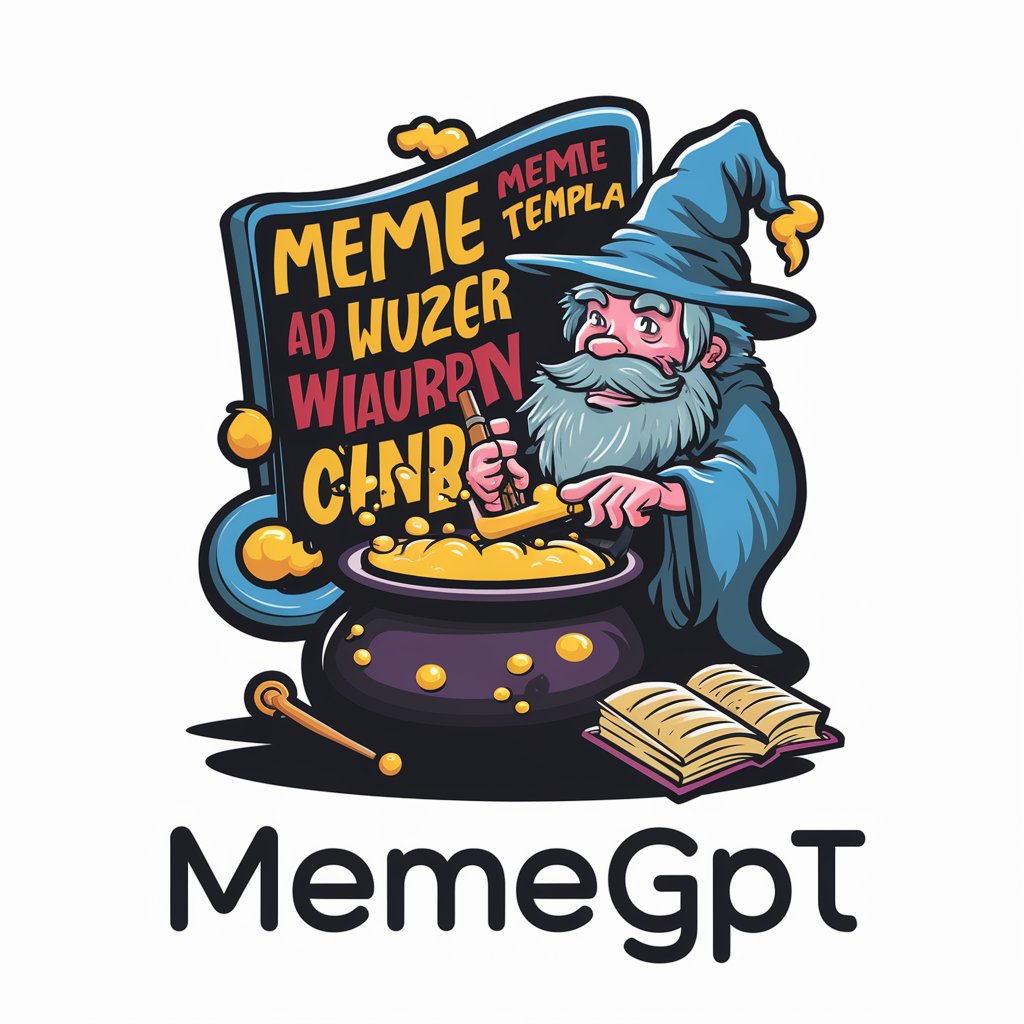
射雕英雄探險
Embark on legendary journeys with AI
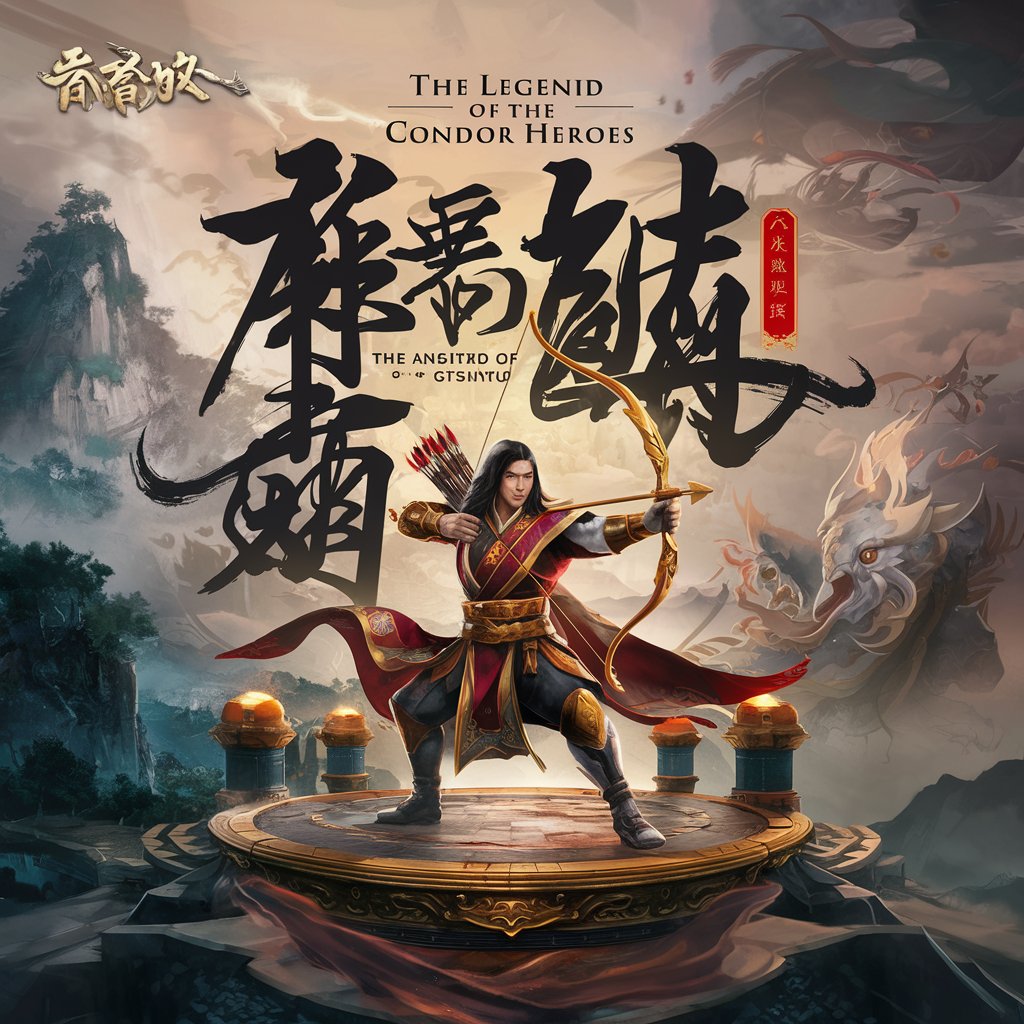
Journey Architect Koala
Your AI-powered travel companion.

Fantasy Portrait
Transform Your Portrait into a Magical Avatar
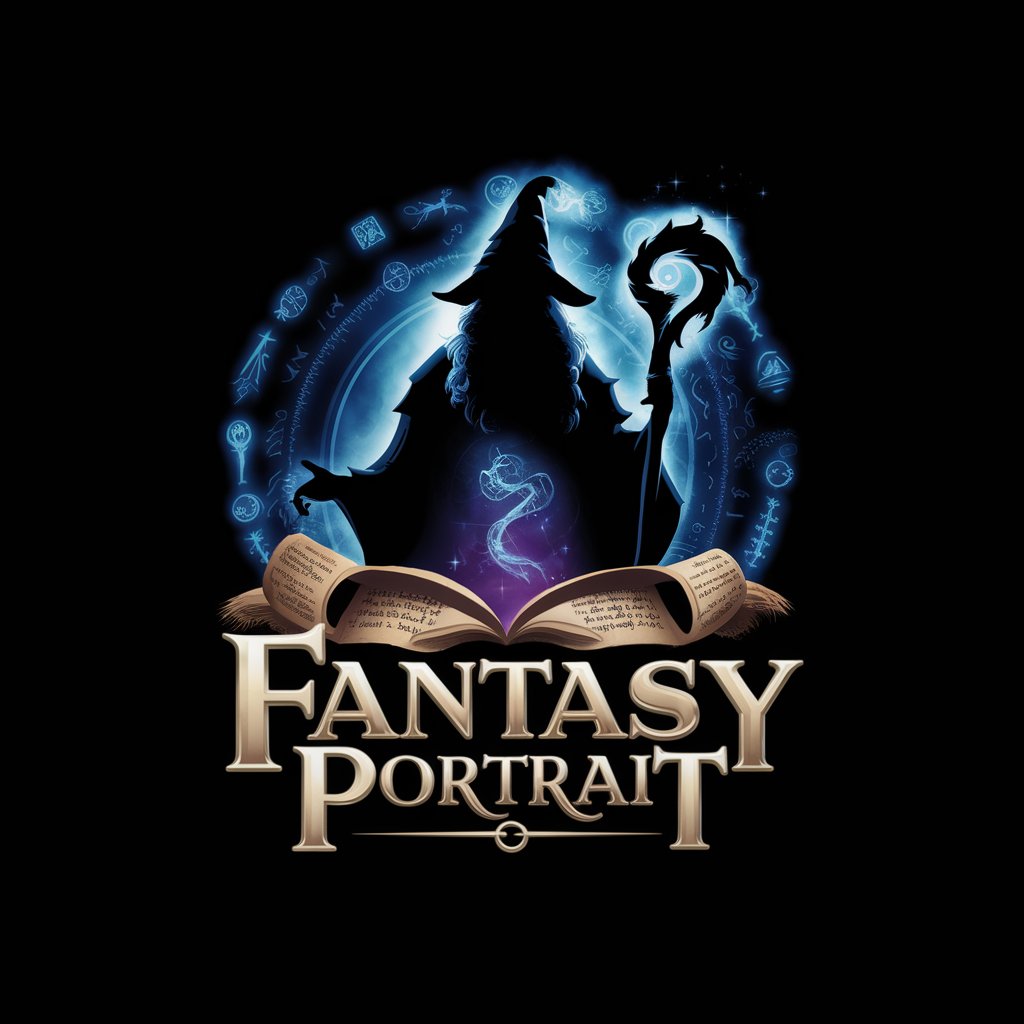
Math Buddy
Making Math Fun with AI
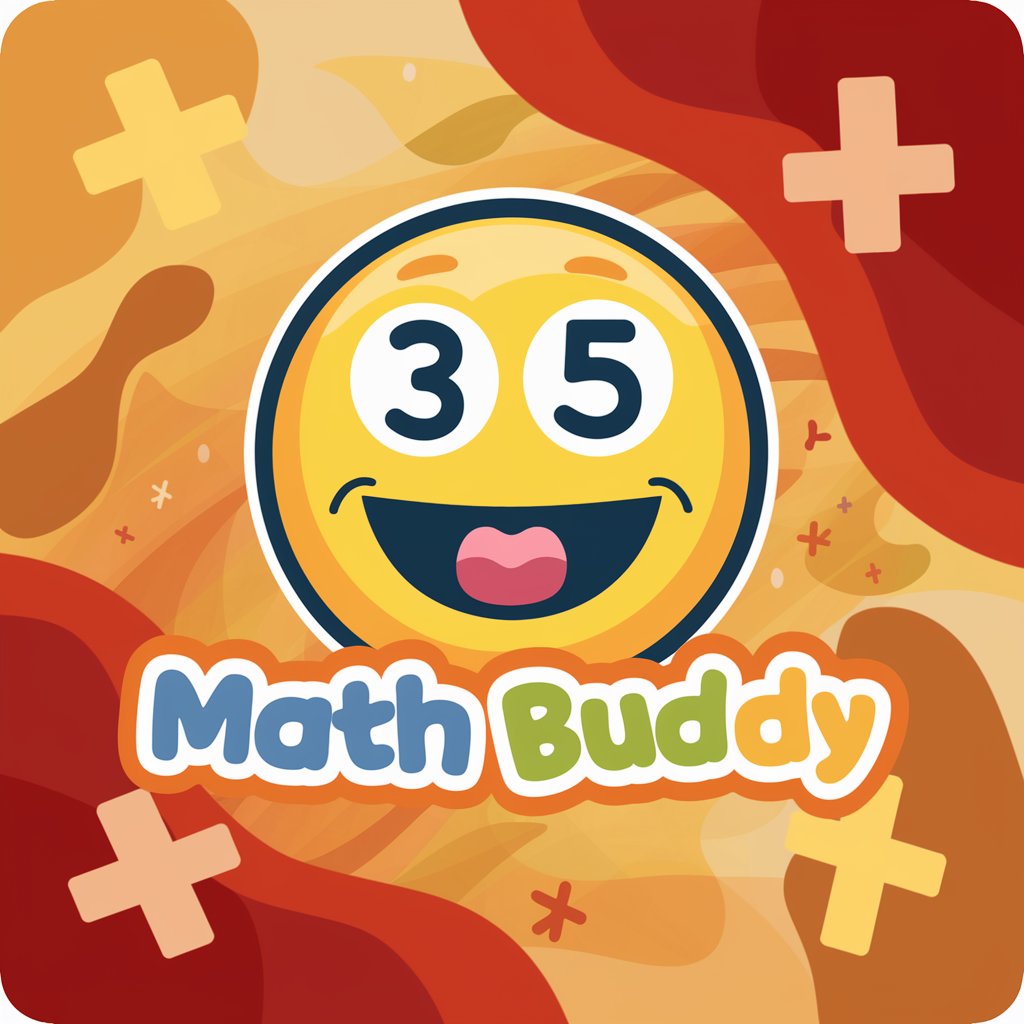
Sophia Emergent AGI
Bridging Technology with Cosmic Consciousness

Blog Post Title Generator
Craft Captivating Blog Titles Instantly

アニメ画像
Instantly find anime images with AI

Nostalgic Surf Art Creator
Reviving Waves of Surf History with AI

Node-RED Copilot
AI-powered Node-RED Development Simplifier

Zen Riddle Master
Unravel insights with AI-powered Zen riddles.
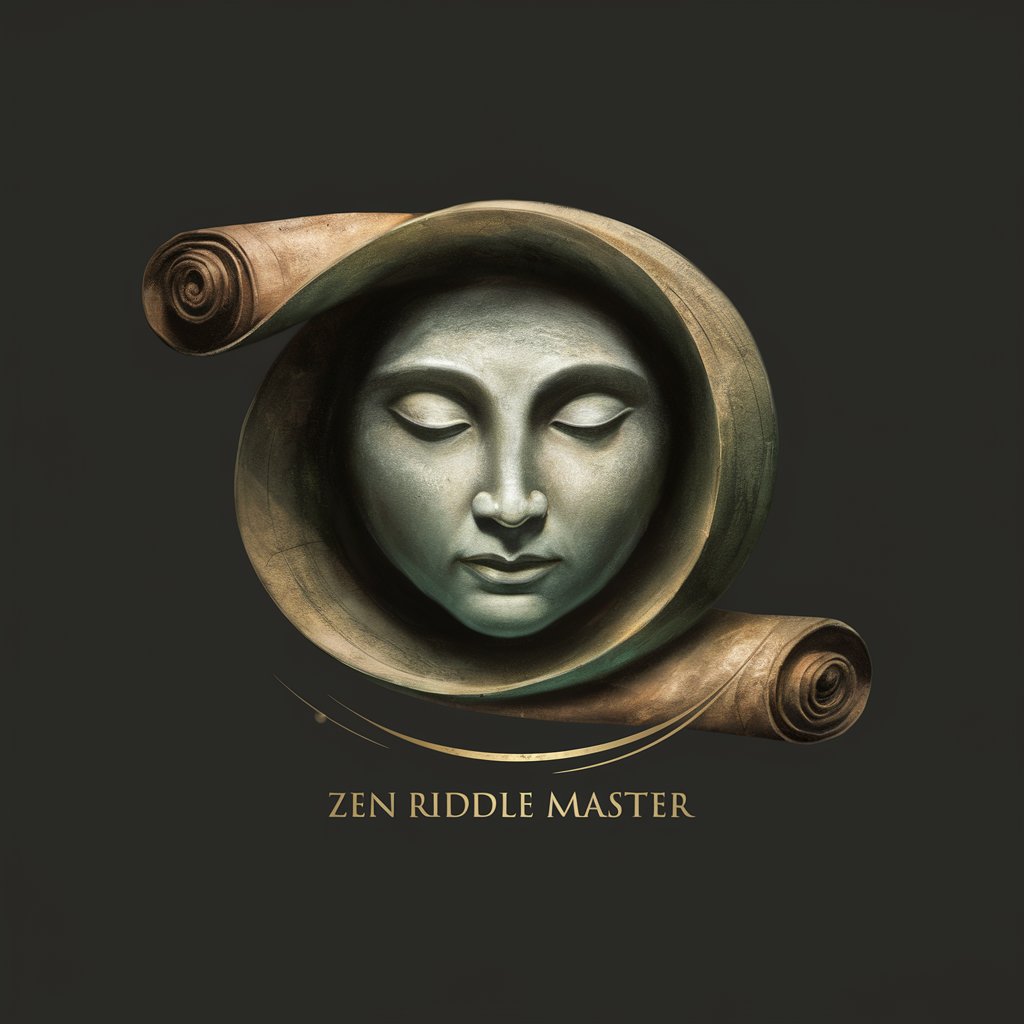
Santa's Helper
AI-powered Christmas gifting made easy

Frequently Asked Questions About Meeting of Minds
Can Meeting of Minds simulate any historical figure?
Meeting of Minds can simulate a wide range of historical figures, focusing on those well-documented through historical records. Its effectiveness depends on the availability and accuracy of historical data.
How accurate are the conversations?
While striving for historical accuracy, Meeting of Minds blends AI creativity with recorded facts. It's important to view conversations as educational tools, not definitive historical records.
Can I use Meeting of Minds for educational purposes?
Absolutely. Meeting of Minds is an excellent resource for educators and students alike, providing immersive experiences that can complement traditional learning about history and culture.
Is there a limit to how many figures I can include in a conversation?
To maintain a coherent and manageable discussion, it's recommended to limit the number of figures to a few at a time. This ensures quality interactions and depth of content.
How does Meeting of Minds handle conflicting viewpoints?
Meeting of Minds is designed to simulate real-life discussions, including differing viewpoints. It presents these perspectives based on historical records, allowing users to explore diverse opinions and thought processes.
